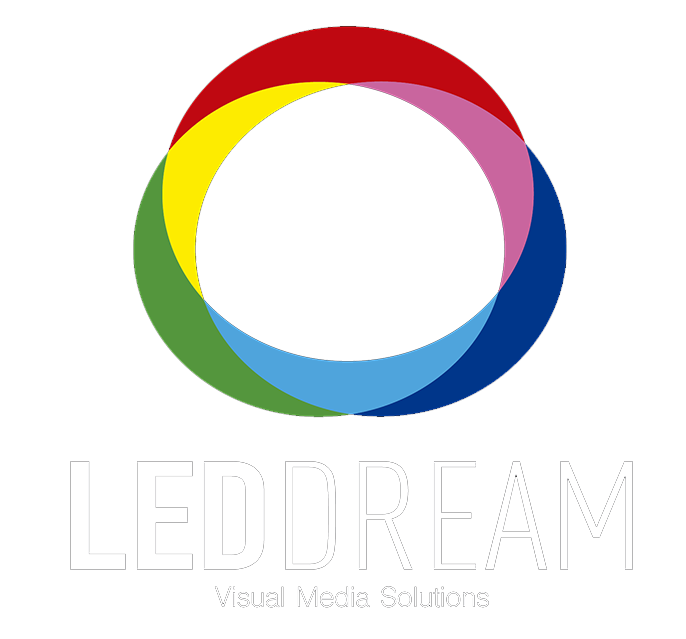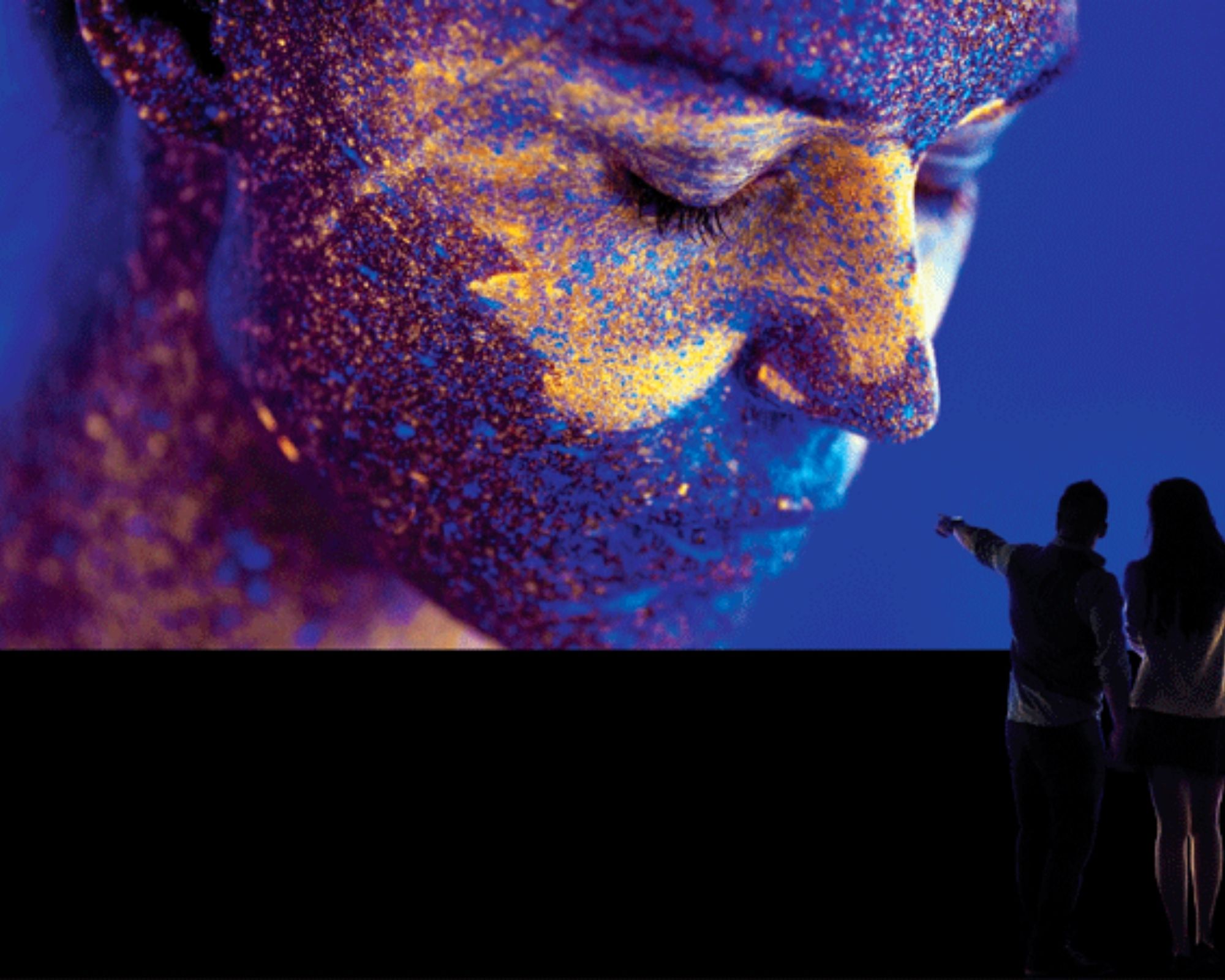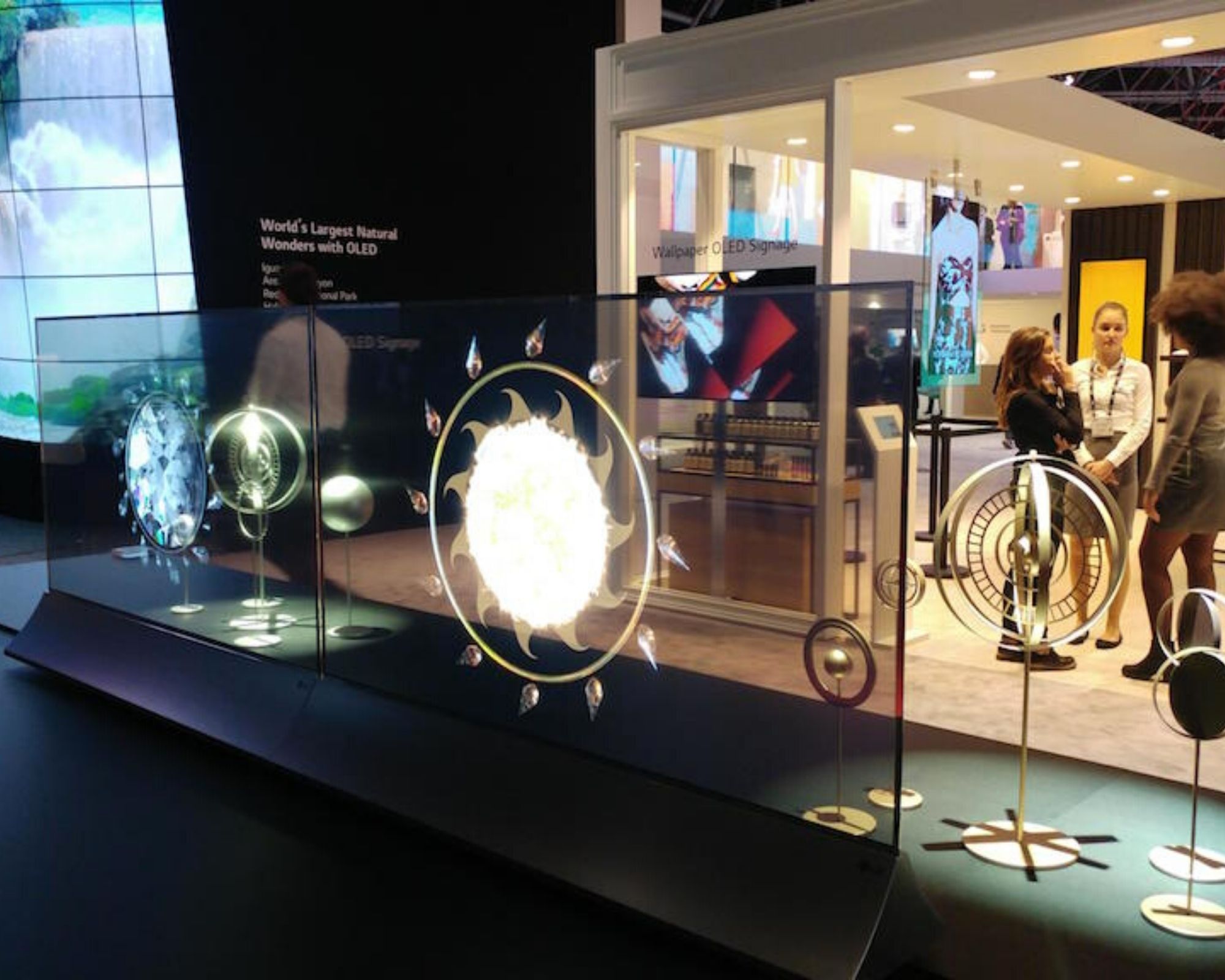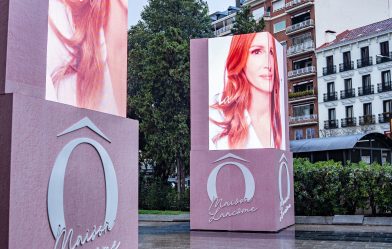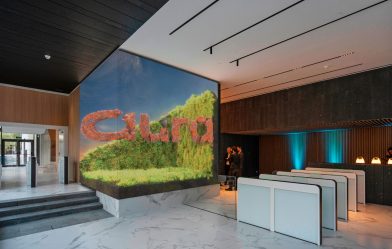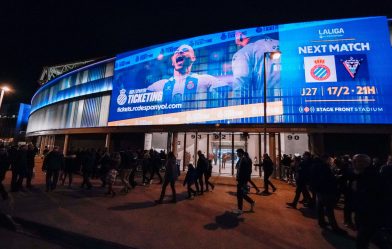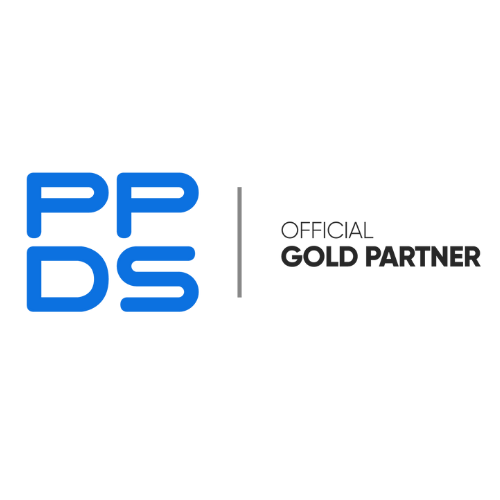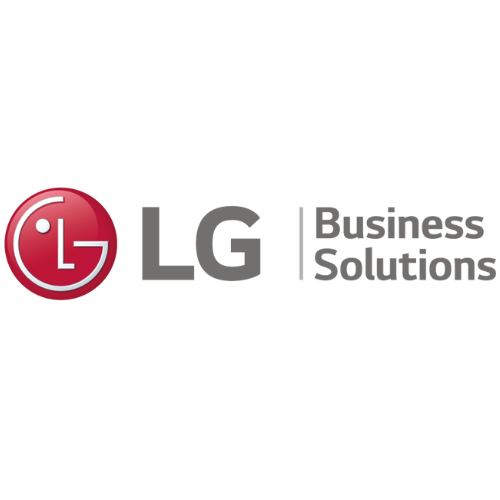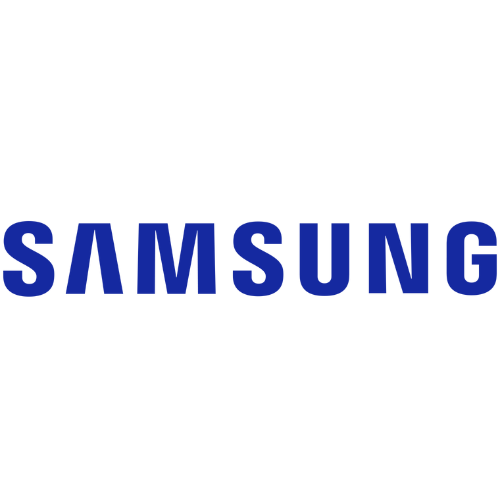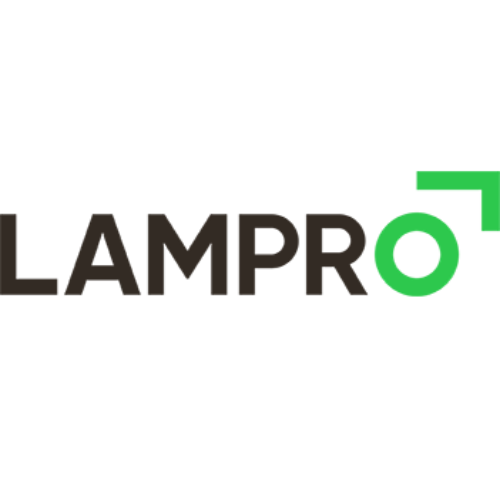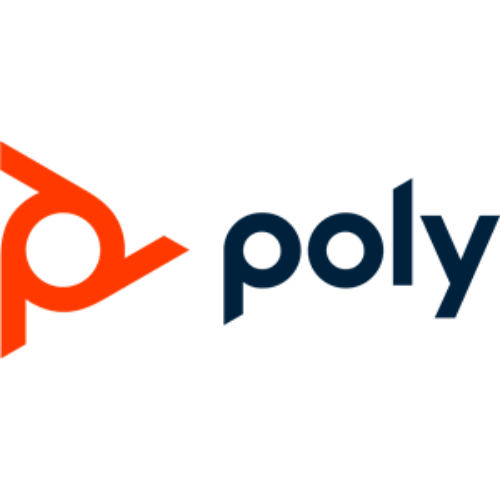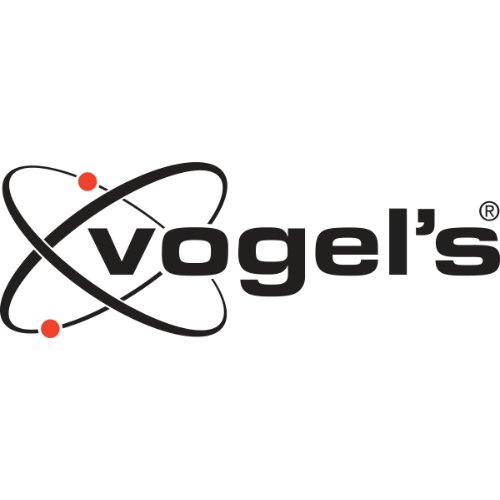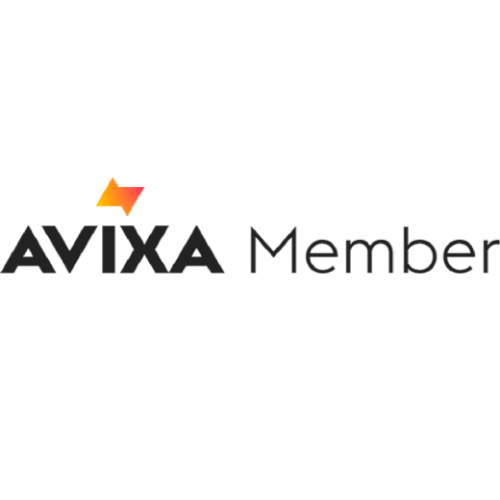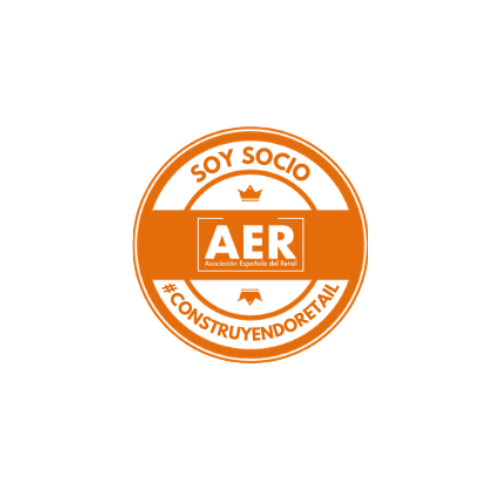Time flies. It's been more than a month since the 14th edition of the most important world AV integration pro show: ISE2017 ended in Amsterdam. The Dutch capital hosted more attendees than ever and nearly 1,200 exhibitors, being a success. The addition of one more day, has allowed visitors having more time to visit all the halls, where it has shown the latest technology about AV, Digital Signage, communications, audio, Smart Building, and this year, the incorporation of Residential and education sectors.
In terms of new stuff, no new stuff (no offense). As always, people tend to think that these shows are more to initiate or tie relations up between suppliers and customers (mostly integrators), than to show great solutions by the main companies. In this short brief, we try to synthesize our vision and opinion of the show.
The black horse of the audiovisual sector is, more than ever, LED technology, which we have been able to find in most stands of video companies, increasing its presence over the other years.
Most manufacturers provide high resolutions with UHD panels of LED technology and the most assorted pixel pitches: 1'8mm, 1'2mm, 0'9mm, even of 0'7mm. It is a symptom of what we have been evidencing in previous years; the difference is that, nowadays, most manufacturers already have the technology.
It seems that pitches like 2.5mm or similar are more and more mature pricewise and in a near future this will become a massive use product (today its price is still a handicap in some sectors to be integrated into big scale). The ultra-stretch poster version, with great versatility and plug & play system easy to integrate, has been another big star as far as LED Displays are concerned. In this area, iMira continues to be the reference in the market by its design and image quality, offering constant technological innovation and greater dynamism.
Another main trend about this market that we could check in ISE (proof of this are the large number of exhibitors with this type of product) are transparent LED Displays. This type of solution is basically designed for indoor installations behind showcases and therefore they have high brightness to 'beat' sunlight. Its transparency allows getting natural light into indoor spaces, while allowing the view from the inside to the outside, minimizing the impact caused by the installation of a large display.
To highlight other systems seen, there were more quantity and variety of flexible panels (especially the indoor ones). Much more companies that specialize in unique products such as panels with impossible shapes, systems for media buildings, LED 3D, etc.
Regarding other technologies, obviously, everything progresses and improves, but in our opinion few things were surprising. Referring the LED LCD, lots of stretch monitors, irregular videowalls, touch screens that integrate all possible services (video, audio, microphone, camera...) flat and curved OLEDs, mirror monitors, and some others.
OLED, which were already launched years ago, had a great acceptance and good reviews, and continues as the star of certain stands that believe strongly about this type of technology. Its benefits: very thin and flexible panels, less consumption and capable of generating a really impressive image, with a wide range of colors and with an amazing contrast due to the real black by the absence of light in its diodes. Even so, its use, its viability and its price remain unclear.
On projection fields, the transfer of lamp to laser continues. First prototypes will be banned in the coming years. Technologies such as blending, mapping and others have becoming more common in recent years. They have left the large projections of emblematic buildings aside to sneak into small shops and give life to products, shop windows and more. In terms of luminosity and maintenance, continues suffering by its price and performance from other technologies. Of course, they continue on the top positions in certain sectors such as education.
 This year IoT has taken special importance to make our life easier. Connection and communication of daily objects between them and with users, by local network or Internet, provides a much more comfortable and complete interaction experience. In this case, smart building devices give us the possibility to manage and communicate with a wide range of domestic devices, in most cases through our Smartphone.
This year IoT has taken special importance to make our life easier. Connection and communication of daily objects between them and with users, by local network or Internet, provides a much more comfortable and complete interaction experience. In this case, smart building devices give us the possibility to manage and communicate with a wide range of domestic devices, in most cases through our Smartphone.
About players and control systems, new versions and functionalities of the platforms, but with few substantial innovation. With the usual content layout, programming and playback functionality, we already had a wide range of special features such as tracking, people counting, audience measurement and similar. Of course, we continue to doubt its reliability, and most important, knowing very well how to use the data obtained. The famous Big Data of the sector!
The last two subsections. First: certain products that other years were stars, today are been ostracized. Do you remember LCD LED videowalls with transparent frames or called frameless? LCD LED transparent displays? Well, these products that once enjoyed great success (we are not sure if it was also accompanied by sales) are now relegated to 'hidden' stands with a poor image. It means that concrete and specific products can be successful in a channel with a specific action for a large project, but not to have a mass use utility…
Secondly. Every year we find more final customers in this type of shows. This is a symptom that they know that more elements of this sector are being needed to potentiate and to dynamize their business. Danger for the channel? More and more customers are closing deals with manufacturers by skipping certain intermediate steps in the industry. Then the problems come about services and management of guarantees in general, but that is another story...
Perhaps this does not shine the best light ISE this time, but we do try to make it a small sample of our opinion about it. See you next year in ISE2018, of course!
